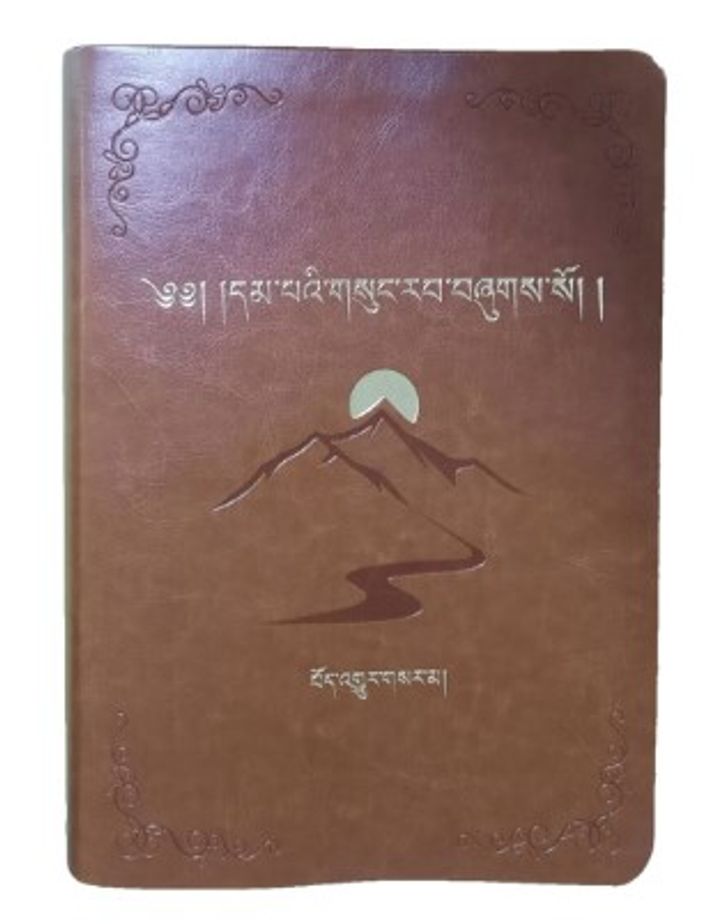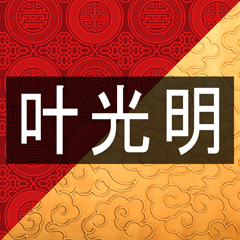
God Speaks Tibetan!
Chris Gabriel, writing in ChinaSource, shared how he met with a Tibetan friend and gave him a precious gift. The Tibetan took the gift “with respect to his lips with a kiss and held it in an embrace close to his chest. His eyes were radiant with joy and great thankfulness.” This very special gift was a copy of the New Tibetan Bible (NTB).
thankfulness.” This very special gift was a copy of the New Tibetan Bible (NTB).
The first Tibetan Bible translation was the work of the Moravian Church around 1857 and was based on one dialect of Tibetan. The Moravian translation was handwritten, sheet by sheet. “The writers adjusted their style to fit the sheets of paper they had been allotted for the Old Testament, while the New Testament was revised and kept in stylised handwriting.” Much later, in 1948, a version of the first Tibetan Bible was printed by photographing the original hand-written pages.
More than 25 years ago a new translation was begun, based on the original Moravian version, but incorporating many revisions. The desire was to translate God’s Word into modern literary Tibetan. There were two areas of difficulty.
The first was to balance classical literary Tibetan with the more easily understood spoken dialects. Essentially “Tibetan is a language functioning as two languages, a written and a spoken language. Tibetans speak many local dialects but use the same literary script. Spoken Tibetan exists in the many oral dialects found in the Central, Kham, and Amdo regions. Today there also exists a diaspora dialect among Tibetans living around the world. Modern literary Tibetan is used to communicate among Tibetans cross-regionally, and can be seen on smart phones, internet web sites, and in newspapers and textbooks in Tibetan publishing.” The New Tibetan Bible uses “the standard grammar and word choices found in modern literary Tibetan.”
Thus this new translation faced the tension “between making something easy to read and yet keeping the text in standard literary Tibetan which uses more formal language.” The result is that “the NTB can be understood by someone with a middle school level of Tibetan education. For those that prefer to listen to the NTB audio Bibles have been completed for the New Testament and are available on the YouVersion app in the NTB Central, Amdo, and Kham reading dialects.”
The second difficulty was to find the right translations for the technical Biblical terms and ideas. “For Tibetan, these challenges are amplified due to the stark contrast between the worldviews of Buddhism and Christianity. Words such as God, resurrection, cross, as well as eternal, salvation, devil, good news, sin and judgment already existed in the language” but the team had to discover them. The word confirmed for ‘God’, for example, ‘dkon-mchog’, means ‘the rarest being or object’ or ‘the supreme being’.’ During years of research and community testing, it was found that the concept of ‘dkon-mchog’ exists in the heart of Tibetans and pre-dates Buddhism.”
Chris Gabriel asks for prayer: “Pray with us for the New Tibetan Bible distribution, that the Word of God would be accessible to all Tibetans around the world, in diaspora or home, to study together and encourage each other with the Word of God.”
Note: To purchase copies of the New Tibetan Bible, visit https://centralasiapublishing.com/ntb/ or find audio Bibles that are in the three main Tibetan dialects at https://new-tibetan-bible.com/.

